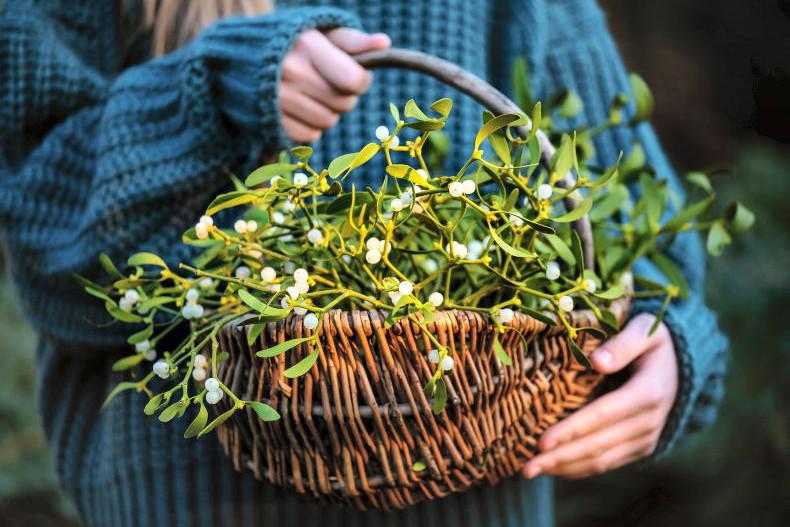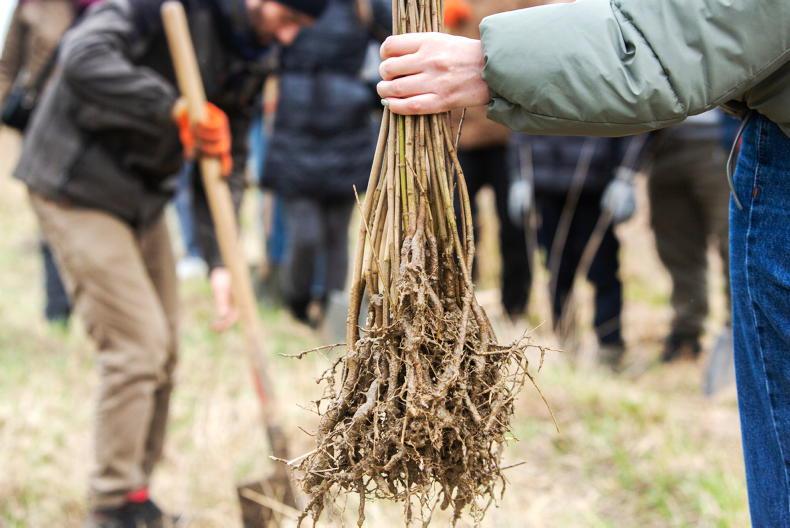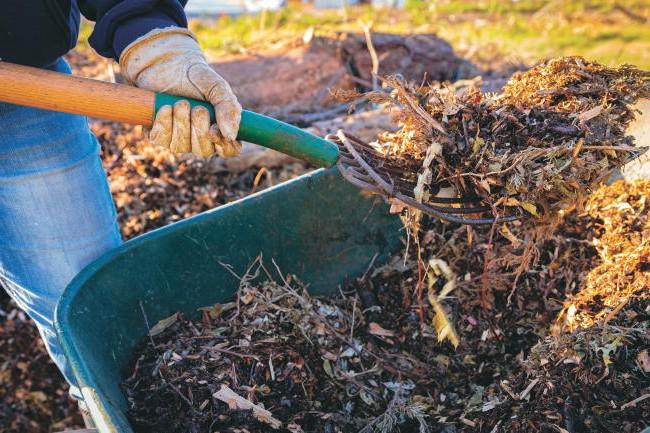Name: Hydrangea, Hortensia. Although by no means common, it is not unusual to hear hydrangea called Hortensia, and it is used in French as a standard name.
There are some classical allusions with a father and daughter who were noted orators of the time. A closer reference to Hortensia, which means ‘of gardens’, can be found in the personage of Hortensia, stepdaughter of Napoleon, Emperor of France, daughter of Napoleon’s first wife Josephine. Hortense, and possibly Josephine, admired these shrubs greatly and certainly there was a fashion for them during Napoleon’s reign.
Botanical name: Hydrangea macrophylla The botanical name for hydrangea macrophylla is derived from hydros, meaning water, and andos, meaning vessel, as mature bushes have a rounded, vessel-like shape. The specific name of this genus is macro, meaning large, and phylla, meaning a leaf.
Family: Hydrangea has its own family, the Hydrangeaceae, which contains a significant number of important and widely grown shrubs for the garden, namely philadelphus, deutzia, kirengshoma and schizophragma. With some of these, the family resemblance is not obvious but in others they are very alike.
Garden value
Very few shrubs have as long a flowering period as hydrangea does, beginning to flower in mid-summer and holding withered flowers right round to spring the following year. They have been showing their colourful flowers for months now and are sliding nicely into their winter colours.
The flowers deepen in colour, the pink or red ones turning to deep wine and rich magenta while the blue ones turn purple or slate-blue. These colours have a brooding intensity that make a great contrast with the yellowing of leaves and the yellow flowers of the autumn. Even the shrub’s own leaves can turn to lovely shades of yellow and old gold, sometimes with a flush of red-purple. In general, it has been great year for hydrangea flowering as they got rain during August when they needed it.
The most popular hydrangea, and the one generally called Hortensia is the mop-head type with a rounded flower-head. The lace-cap type has gained popularity in recent years because it is undoubtedly elegant.
Trusses of flower buds are formed considerably before they open. The flowers turn blue when grown in acidic soil and turn pink or red in limy soil. If a blue-flowered plant is moved into limy soil, it will eventually turn pink.
Planting hydrangea
Blue hydrangeas are easily turned pink by applying garden lime over the area of the plant’s roots, thereby changing the soil from acidic to limy.
It is more difficult to change pink to blue but it can be done by applying some sulphate of iron and a good mulch of conifer needles, and topping it up.
This species of hydrangea is native to Japan where it thrives near the coast and it does best here when planted in the milder coastal areas.
It is not completely hardy as frost can kill the flower buds at the tips of the young shoots. Plants grown in cold places inland often fail to flower reliably.
But incorrect pruning, shortening the branches can result in the flowering buds being pruned away.
When the bush has reached a satisfactory size, to keep it from getting too big, prune in spring, removing one shoot in five each year. This largely avoids damage to flower buds.
They flower best where they get some sunshine and in fertile soil, not too rich or too poor.
This is a good time to plant because the plant gets a chance to settle in properly.
There are many named varieties, quite a few being of French origin, given the value of this wonderful shrub for garden use.
Like all flowering plants, house plants need good light to bring them into flower.
Ferns are likely to be the only non-flowering plants available. But many plants are kept in poor light conditions. Examples of flowering plants include: Cape primrose, African violet, anthurium, peace lily and kalanchoes.

Even though the shortest day of the year is only a couple of weeks away, plants can suffer unduly and they are more likely to become too weak to grow and certainly too weak to create the surplus energy required to produce flowers, which are often outsize for the plant carrying them.
Simply move all flowering plants to positions of good bright light, not direct scalding sunlight.
Fruit, vegetables and herbs
Apple and pear trees and blackcurrant bushes can be pruned. All kinds of fruit trees and bushes can be planted when the soil is not too wet. Herbs can be tided up, lifting perennials such as mint and lovage and replanting them.
Flowers
It is not too late to put out some winter bedding and wallflowers for spring. Ideally these are best planted before the end of October but quite good results can be obtained. Tidy away any messy stems of flowers but leave good seed-heads for winter effect.
Trees, shrubs and roses
Trees shrubs and roses can be planted if the soil is not too wet. Losses among trees and shrubs planted into wet ground will be increased because the roots are deprived of oxygen. Rose bushes can be shortened to prevent wind-rocking.
Lawns
Late autumn growth has left lawns looking very well. But avoid walking on a wet lawn as it can be very damaging to the soil structure. Take advantage of occasional spells of dry weather when the ground will firm up enough to carry out a light mowing.
Greenhouse and house plants
Ventilate on bright days to allow some drying of the air in a greenhouse. Make sure that frost protection heaters are working if there are tender plants that a hard frost might damage. Water sparingly. House plants should be kept away from sources of heat.









SHARING OPTIONS